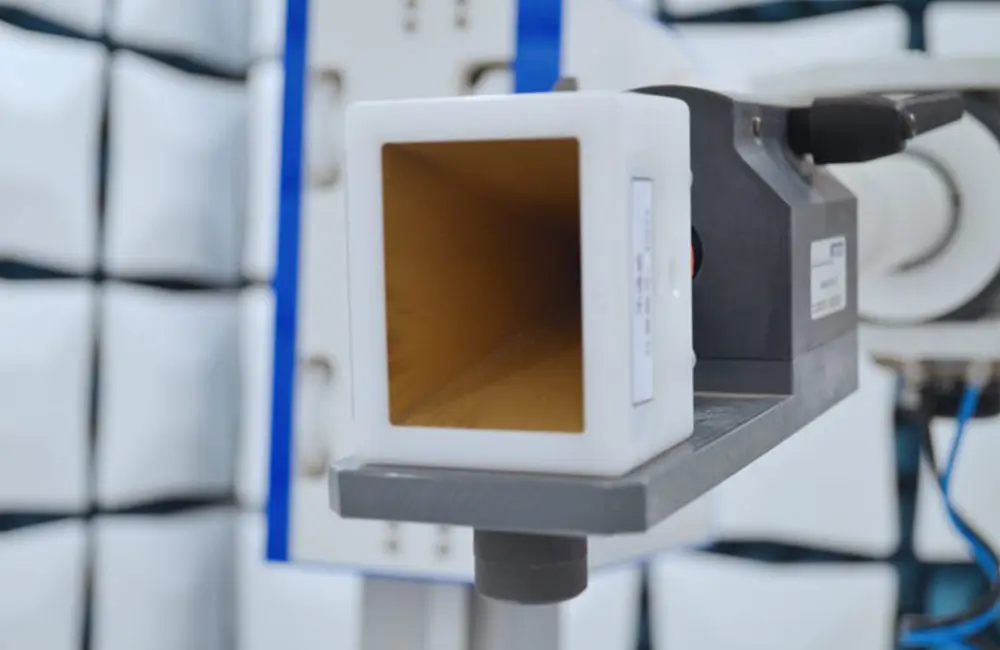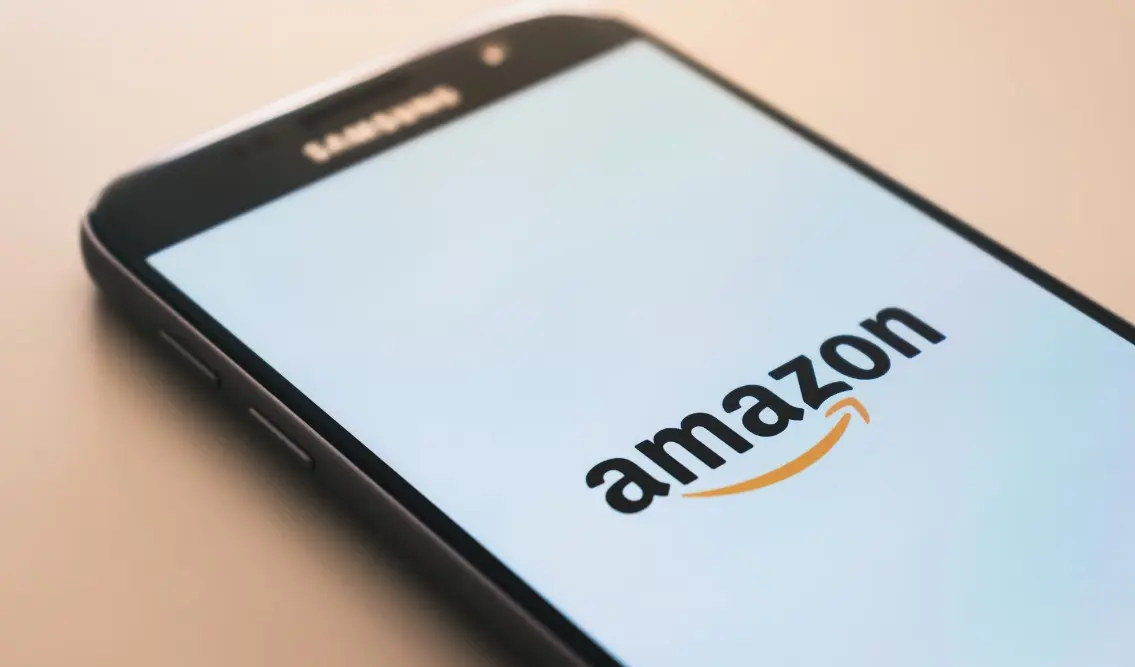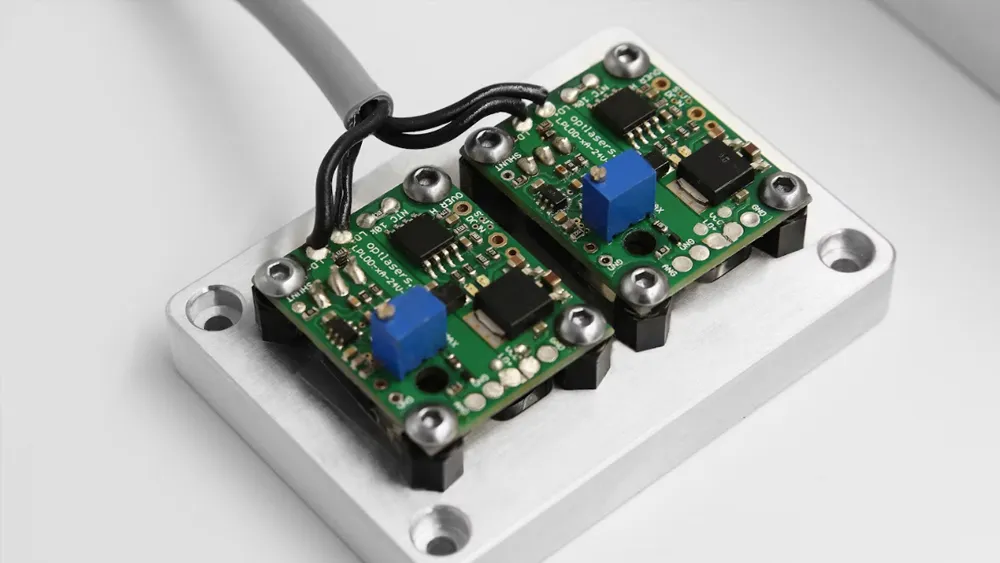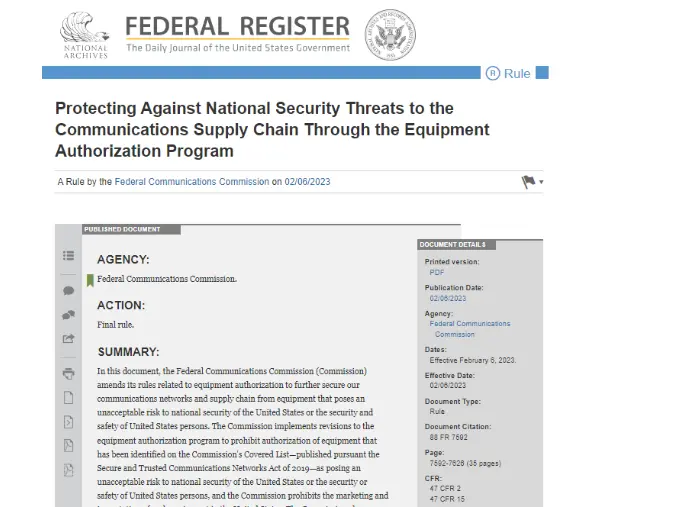
How to Get ENERGY STAR Certified
Introduction to ENERGY STAR Certification in the U.S.
ENERGY STAR (ES) is a voluntary energy-saving program led by the U.S. Environmental Protection Agency (EPA). It covers laboratory low-temperature cold chain products such as ULtra-low temperature equipment, electronics, household appliances, lighting, and building products. The program was launched in 1992 by the EPA and the U.S. Department of Energy (DOE) to REDuce energy consumption and greenhouse gas emissions. It has since been adopted by countries including Canada, Australia, New Zealand, Japan, and the EU, achieving high market recognition. In North America, its market acceptance exceeds 90%.

Products Eligible for ENERGY STAR Certification
1. Household Appliances:Refrigerators, air conditioners, washing machines, dishwashers, dehumidifiers, etc.
2. Consumer Electronics:Televisions, VCRs, cordless phones, DVD players, etc.
3. Heating and Cooling Equipment:Heat pumps, boilers, central air conditioners, etc.
4. Computers and Office Equipment:Computers, monitors, printers, fax machines, copiers, all-in-one devices, etc.
5. Lighting Products:Compact fluorescent lamps, exit signs, ceiling fans, etc.
6. Industrial & Commercial Products:Transformers, power supplies, commercial fryers, commercial freezers, etc.
7. Buildings & Building Components:Large commercial buildings, new homes, windows, doors, etc.
ENERGY STAR Testing Items
Non-Energy Efficiency Tests
1. Safety
2. EMI (Electromagnetic Interference)
3. Surge protection
4. Noise
Light Performance & Energy Efficiency Tests
1. Luminous efficacy and luminous flux
2. Color temperature, color deviation, Color Rendering Index (CRI)
3. Light distribution, area light flux distribution
4. Chromaticity uniformity
5. Switching cycles
6. Lumen maintenance
7. Chromaticity maintenance
8. Dimensions
9. Electrical parameters
ENERGY STAR Application Materials
1. Product Information:Model, specifications, technical parameters, etc.
2. Test Reports:Issued by EPA-recognized labs proving compliance with energy efficiency standards.
3. Quality Control Documents:Describing how energy efficiency consistency is maintained during production.
4. Authorization Letter:Required if applying through a third-party organization.
ENERGY STAR Application Process
1. Register an Account:Create a manufacturer account at [energystar.gov](https://www.energystar.gov).
2. Complete the Application Form:Fill in product information online and upload supporting documents.
3. Pay Fees:Application fees vary by product category, typically ranging from several hundred to several thousand USD.
Review & Certification
1. Initial Review:EPA reviews submitted materials within 30 business days and may request additional information.
2. On-Site Inspection:Some products may require factory inspection by the EPA or third-party labs.
3. Certification Granted:Approved products are listed in the ENERGY STAR database, and companies can use the ENERGY STAR label.
Maintaining Certification
1. Annual Reporting:Submit product energy efficiency data each year to demonstrate ongoing compliance.
2. Market Sampling:EPA may randomly check products in the market bearing the ENERGY STAR label to ensure compliance.
3. Updating Certification:If energy efficiency standards are revised, products must be retested and re-applied.
Frequently Asked Questions
1. How long is the certification valid?
ENERGY STAR certification does not have a fixed validity period, but products must continuously meet standards.
2. Can multiple products be certified?
Yes, but each product requires a separate application.
3. What if the certification is denied?
You can revise your submission according to EPA feedback and reapply.
ENERGY STAR certification is not only a gateway to the U.S. market but also an important mark of corporate environmental responsibility. By following a rigorous application process and maintaining ongoing compliance, companies can enhance brand value and gain consumer trust. For further assistance, consulting professional certification agencies or official EPA channels is recommended.
Email:hello@jjrlab.com
Write your message here and send it to us
 What are ASTM F963 and CPSIA?
What are ASTM F963 and CPSIA?
 Comparison of ASTM F963 and EN 71
Comparison of ASTM F963 and EN 71
 How to get CSA C22.2 NO.256:14 Test Report?
How to get CSA C22.2 NO.256:14 Test Report?
 How much is the ISTA Amazon Packaging & Shippi
How much is the ISTA Amazon Packaging & Shippi
 Amazon Product Laboratory Testing Requirements
Amazon Product Laboratory Testing Requirements
 How to Get EPA Certificatio
How to Get EPA Certificatio
 What is EPA Certification in the United States?
What is EPA Certification in the United States?
 What is an FCC Registered Agent?
What is an FCC Registered Agent?
Leave us a message
24-hour online customer service at any time to respond, so that you worry!




